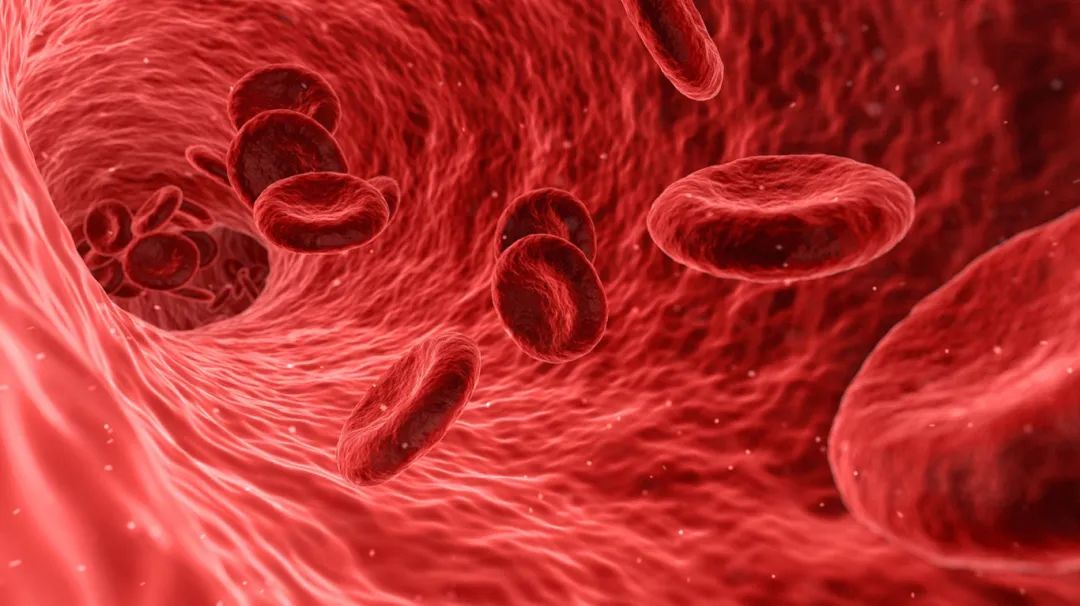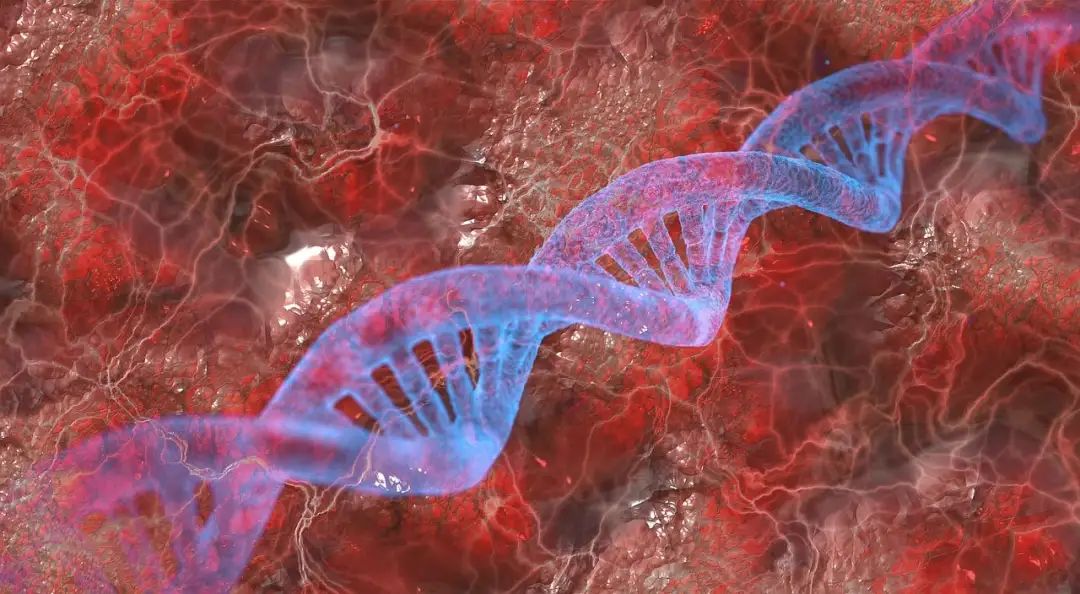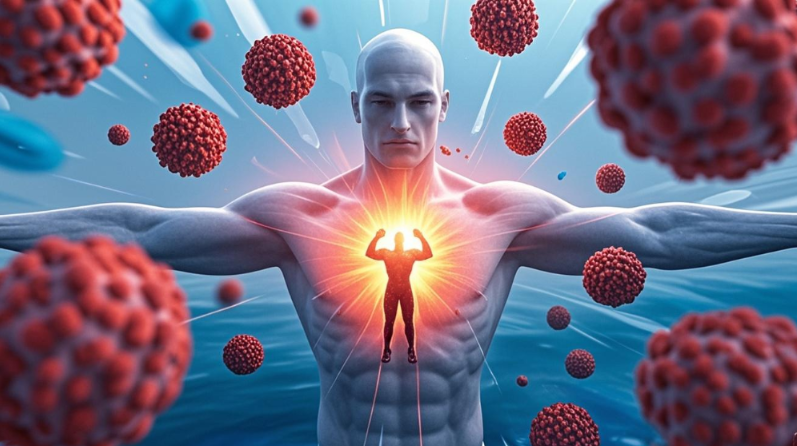As life sciences continue to advance, stem cells have moved from behind-the-scenes research to clinical applications and public attention through their unique multi-directional differentiation and immune-regulatory capabilities. Studies show that once infused into the body, stem cells do not act instantaneously but follow a clear "repair timeline" to systematically activate the body's powerful self-healing potential. They gradually repair damage, regulate immunity, and reconstruct tissues, ultimately restoring health and vitality from within.
在生命科学不断探索前行的道路上,干细胞凭借独特的多向分化与免疫调节能力,从幕后逐渐走向临床应用与大众视野。诸多研究成果表明,干细胞进入人体后,并非瞬间发挥神奇功效,而是依照一张清晰的“修复时间表”,有条不紊地激活人体强大的自愈潜能。逐步修复损伤、调节免疫、重塑组织,最终让身体从内而外重获健康活力。
下面,让我们依据时间顺序,层层揭开干细胞在人体内助力修复与自愈的神秘面纱。
Let us now unravel the mysteries of how stem cells facilitate repair and self-healing in the human body step-by-step according to a chronological sequence.
一、1小时:快速分布,启动修复进程
1 Hour: Rapid Distribution and Initiation of Repair Process
干细胞输注进人体后,如同被注入活力的“小卫士”,第一时间融入血液流动系统,在短短1小时内就迅速分散至全身各处。
Once infused, stem cells act like energized "guardians," immediately entering the bloodstream and rapidly distributing throughout the body within just one hour.
与此同时,受损或炎症部位会释放出趋化因子,就像发出的“求救信号”,吸引干细胞朝着这些区域聚集。
Meanwhile, damaged or inflamed tissues release chemokines acting as "SOS signals," guiding stem cells to converge on these areas.
这一阶段,干细胞借助血液的快速运输,完成了对全身的初步“巡查”,精准定位到需要修复的位置,为后续一系列修复工作奠定了基石,开启了修复的序章。
During this phase, stem cells utilize rapid blood circulation to conduct an initial "inspection" of the entire body, precisely locating repair sites and laying the foundation for subsequent restorative processes.

二、6小时:定向迁移与初步环境适应
6 Hours: Directed Migration and Initial Environmental Adaptation
在趋化因子的精确指引下,干细胞展现出神奇的“导航”能力,成功穿越血管壁,抵达局部受损组织。
Guided by chemokines, stem cells demonstrate remarkable "navigation" abilities, traversing blood vessel walls to reach localized damaged tissues.
到达目的地后,干细胞迅速适应周围的微环境,并初步释放一些调控因子,为即将展开的修复工作做好准备。
Upon arrival, they quickly adapt to the local microenvironment and begin releasing regulatory factors in preparation for upcoming repair processes.
这一步,干细胞就像找到了“战场”的战士,适应了战斗环境,准备大展身手,启动人体自愈机制的第一步。
At this stage, stem cells resemble soldiers arriving at the "battlefield," adapting to their surroundings and readying themselves to initiate the body's self-healing mechanisms.
三、12小时:激活分泌功能与免疫调节
12 Hours: Activation of Secretory Functions and Immune Regulation
12小时后,干细胞进入活跃状态,开始大量分泌生长因子、细胞因子及外泌体。这些物质如同“修复武器”,发挥着抗炎、抗凋亡和促进血管新生的重要作用。
By 12 hours, stem cells become highly active, secreting large quantities of growth factors, cytokines, and exosomes. These act as "repair tools" with anti-inflammatory, anti-apoptotic, and angiogenic effects.
同时,干细胞积极与局部免疫细胞互动,有效缓解炎症,减少对组织的进一步损害。
Concurrently, they actively interact with local immune cells to reduce inflammation and prevent further tissue damage.
此阶段堪称修复进程的“加速器”,干细胞通过旁分泌效应,优化局部免疫环境,为后续组织重塑和自愈提供强大助力。
This phase acts as an "accelerator" for the repair process, where stem cells optimize the local immune environment through paracrine effects, providing robust support for subsequent tissue remodeling and self-healing.

四、48小时:信号放大与细胞协同
48 Hours: Signal Amplification and Cellular Collaboration
随着时间推移,到了48小时,干细胞分泌因子的浓度持续上升,局部抗炎和修复信号显著增强。
Over time, by 48 hours, the concentration of stem cell-secreted factors continues to rise, significantly enhancing local anti-inflammatory and repair signals.
此时,干细胞与局部细胞紧密合作,共同推动细胞增殖、新生血管形成以及早期组织重构。
At this point, stem cells collaborate closely with local cells to promote cell proliferation, new blood vessel formation, and early-stage tissue reconstruction.
这一阶段标志着修复进程步入稳定期,信号的放大强化了抗炎效果,也为后续更深层次的自愈机制筑牢根基。
This phase marks the stabilization of the repair process, where signal amplification strengthens anti-inflammatory effects and lays a solid foundation for deeper self-healing mechanisms.
五、72小时:稳固修复网络与初步组织重构
72 Hours: Strengthening Repair Networks and Initial Tissue Remodeling
72小时时,干细胞持续发力,不断分泌生长因子,构建起一个有序的细胞通信网络。
By 72 hours, stem cells maintain their activity, secreting growth factors to establish an organized cellular communication network.
在这个网络的支持下,受损区域内的细胞开始协同工作,初步恢复组织结构。
Supported by this network, cells in damaged areas begin working collaboratively to initiate structural tissue restoration.
这一时期,机体的自愈机制逐步成型,修复网络的搭建为未来更彻底的组织再生和功能恢复提供了有力支撑,是整个修复过程中的关键转折点。
During this period, the body's self-healing mechanisms begin to take shape, with repair networks providing critical support for future comprehensive tissue regeneration and functional recovery - marking a pivotal turning point in the entire repair process.

六、1个月:初见成效,功能逐步恢复
1 Month: Initial Results and Gradual Functional Recovery
经过一个月的持续作用,干细胞及其分泌物开始展现明显成效。
After one month of continuous action, stem cells and their secretions begin to show noticeable effects.
受损组织在它们的影响下逐渐恢复,结构和部分功能稳步回归。患者也能切实感受到炎症减轻、疼痛缓解以及部分功能恢复的积极变化。
Under their influence, damaged tissues gradually regenerate, with structures and partial functions steadily returning. Patients can physically experience positive changes such as reduced inflammation, alleviated pain, and restored partial functions.
这一个月,我们看到了修复时间表的初步成果,局部环境从急性炎症状态向自愈方向转变,预示着机体自我修复能力正在逐步复苏。
This one-month mark reveals the initial achievements of the repair timeline, with the local environment transitioning from acute inflammation to self-healing - indicating the gradual revival of the body's self-repair capabilities.
七、6个月:持久修复与内源性自愈激活
6 Months: Sustained Repair and Activation of Endogenous Self-Healing
六个月左右,干细胞持续分泌细胞因子,维持着局部免疫平衡和抗炎状态。
At around six months, stem cells continue secreting cytokines to maintain local immune balance and anti-inflammatory conditions.
更重要的是,此时体内的自愈机制被全面唤醒,内生修复能力被激活,推动组织结构进行更深层次的重塑。这不仅是干细胞直接作用的结果,更标志着机体自愈能力的全面觉醒,为长期稳定的修复提供了可能。
More significantly, the body's self-healing mechanisms become fully activated, driving deeper structural remodeling. This represents not only the direct effects of stem cells but also the comprehensive awakening of endogenous repair capabilities, enabling long-term stable recovery.

八、1年:全面重塑与自愈系统稳定
1 Year: Comprehensive Remodeling and Stabilization of Self-Healing Systems
历经一年的漫长修复,受损区域的细胞结构基本恢复如初,甚至实现了新生细胞与原有细胞的完美融合。
After a full year of repair, cellular structures in damaged areas are mostly restored, with newly generated cells seamlessly integrating with existing tissues.
同时,免疫调控持续有效,机体对未来可能出现的急性损伤具备了良好的应对能力,部分干细胞还形成了储备,随时待命应对新的挑战。
Meanwhile, immune regulation remains effective, equipping the body with improved resilience against future acute injuries. Some stem cells also form reserves, ready to respond to new challenges.
这一年的修复过程,充分展示了干细胞助力人体自愈的长效机制,机体不仅恢复了功能,还建立起一套稳定的自愈系统,为未来的健康保驾护航。
This one-year process fully demonstrates the long-term efficacy of stem cell-assisted self-healing. The body not only recovers functions but also establishes a stable self-healing system to safeguard future health.
九、结语
Conclusion
从1小时内的快速分布、6小时的定向迁移,到12小时的分泌调控、48小时和72小时的信号放大,再到1个月、6个月直至1年的全面修复,这份“修复时间表”展示了干细胞如何一步步激活人体自愈的奥秘。
From rapid distribution within 1 hour, directed migration at 6 hours, secretory regulation at 12 hours, signal amplification at 48-72 hours, to comprehensive restoration over 1 month, 6 months, and 1 year - this "repair timeline" reveals the mysteries of how stem cells progressively activate human self-healing.
通过这一系列精密而协同的生物过程,机体不仅能够缓解急性损伤,更能激活内在的修复机制,实现长效、自主的健康维护。
Through these precise and coordinated biological processes, the body not only mitigates acute injuries but also activates intrinsic repair mechanisms for long-term, autonomous health maintenance.
